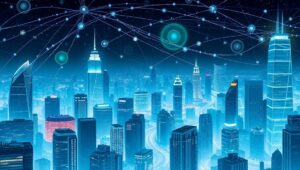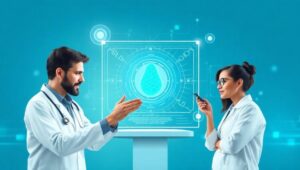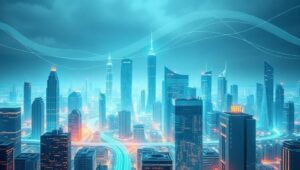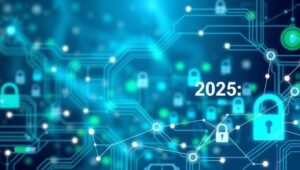June 2, 2025
The Societal Impact of a Hyper-Connected IoT World (2028)
The Societal Impact of a Hyper-Connected IoT World (2028) The Internet of Things (IoT) has rapidly evolved from a futuristic concept to an integral part of our daily lives. As we approach 2028, the proliferation of interconnected devices promises a hyper-connected world, offering unprecedented convenience and efficiency. However, this pervasive connectivity also raises significant societal implications that warrant careful consideration. Enhanced Automation and Efficiency One of the most significant impacts of a hyper-connected IoT world is the enhanced automation across various sectors. Smart homes equipped with IoT devices can automate lighting, temperature control, and security systems, optimizing energy consumption and












